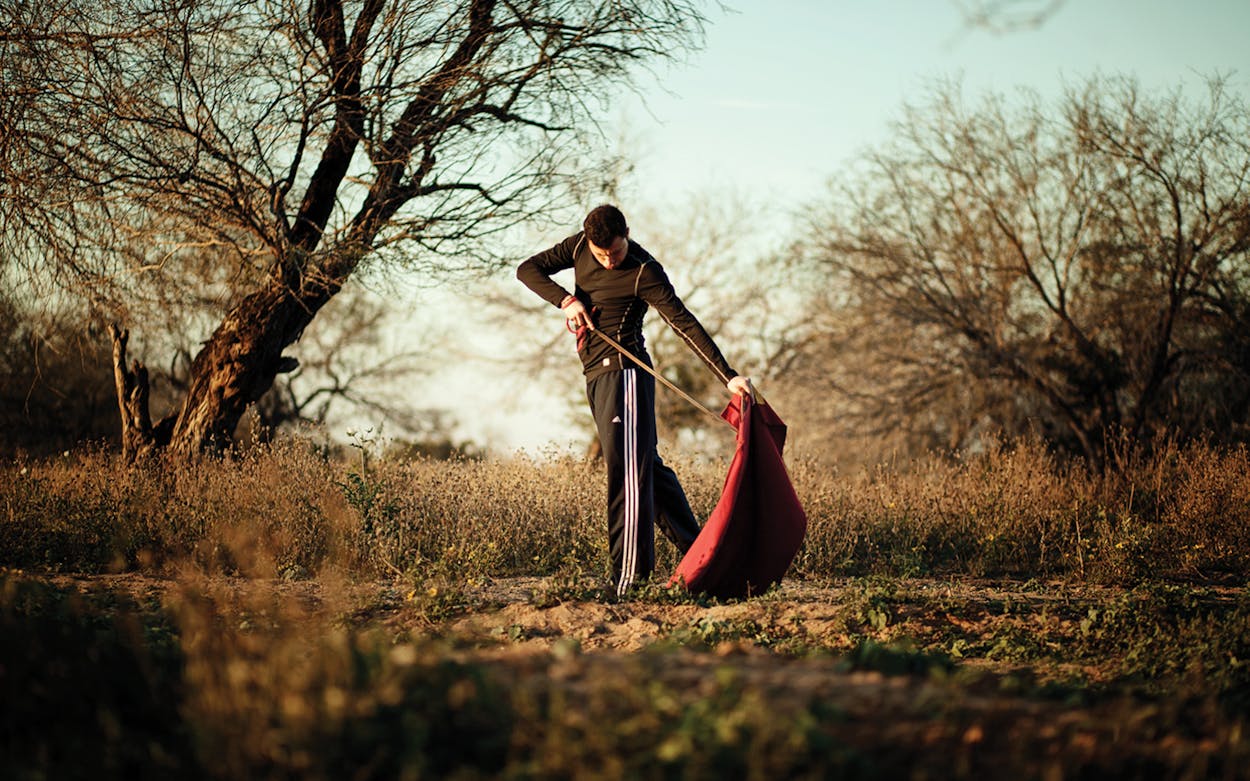Fred Renk, a water-purifier salesman living near the border, hatched a bullish idea. He’d been obsessed with matadors ever since the age of fifteen, when he watched the Mexican bullfighter Pepe Luis Vázquez perform at a ring in Chihuahua City called La Esperanza. When Renk was in his twenties, he’d even decided to try the sport himself. He fought bulls for five years as an aspiring matador, until a thousand-pound beast’s horn punctured his upper leg and tore through his stomach, in 1967. Later, he watched his son David become the seventh American bullfighter to earn the title of matador, performing all over Mexico as “El Texano.”
After his son’s retirement, in 2000, Renk began to miss the drama of the ring. He was restless at his rural home in La Gloria, population 100, and fantasized about bulls pretty much constantly. He decided to build a bullfighting ring on his sixty-acre ranch. Never mind that he would have difficulty drawing a crowd to his town, about 55 miles northwest of McAllen, and that Americans weren’t interested in the sport. (Only a handful of permanent rings currently exist in the United States—all in California and all supported by Portuguese communities.) But Renk, who was 65 at the time, was tenacious, and he was experienced, having organized and promoted bullfights in places like the Astrodome in the eighties. David, now 51, lives just down the road and remembers, “His determination was off the charts.” One day, Renk marched a few yards away from his ranch gate into a pasture shaded by mesquite and ebony trees and began measuring paces for a ring one hundred feet across.
“I call it the ballet of life, not the ballet of death,” the 77-year-old said on a sunny morning this past spring, in a voice hoarse from Marlboros. Behind a fence, a herd of 29 cows—and one four-year-old San Mateo breeding bull, who often participates in the events at Renk’s Santa Maria Bullring—grazed in a field dotted with magenta winecups. Though traditional bullfighting is practiced on the Mexican side of the border, it is illegal in the United States, and in Renk’s ring, the bullfighter’s kill is only symbolic: instead of driving a sword through the animal’s withers and into its heart, the matador reaches over the bull’s horns and plucks a flower affixed to the hide with Velcro and a little glue, an action that requires a close dance with the animal and thus drives crowds to their feet.
Everyone told him he was crazy to open a bullfighting ring so far from a metropolitan area, but those detractors hadn’t anticipated who would show up: the winter Texans. His first event, in 2001, packed the stands, exceeding his expectations, and while violence along the border has scared off some customers in the past couple of years, busloads of tourists still travel from nearby RV parks to his ring, which has a seating capacity of around one thousand (“depending on how wide their butts are”).
The tourists who make the journey and the local ranchers who keep box seats for the main season, from January through March, have witnessed shows by some of Mexico’s best matadors. Last February, for example, Renk brought in Cesar Castañeda, a world-class matador from Tijuana, and Isaac Leal Montalvo, a young matador from Monterrey. No matter their prominence, though, it’s the female bullfighters who make the strongest impression, Renk says. “You talk about a matador, they don’t know who the hell he is, but the ‘Mayan Princess’ . . .” he trails off, nodding knowingly.
Renk has watched his fights captivate fans, even though many don’t follow the sport. “The Spaniards—all Latin people—refer to the passion for bullfighting as el gusano, the worm, and it eats at you the rest of your life. El gusano never leaves you.”
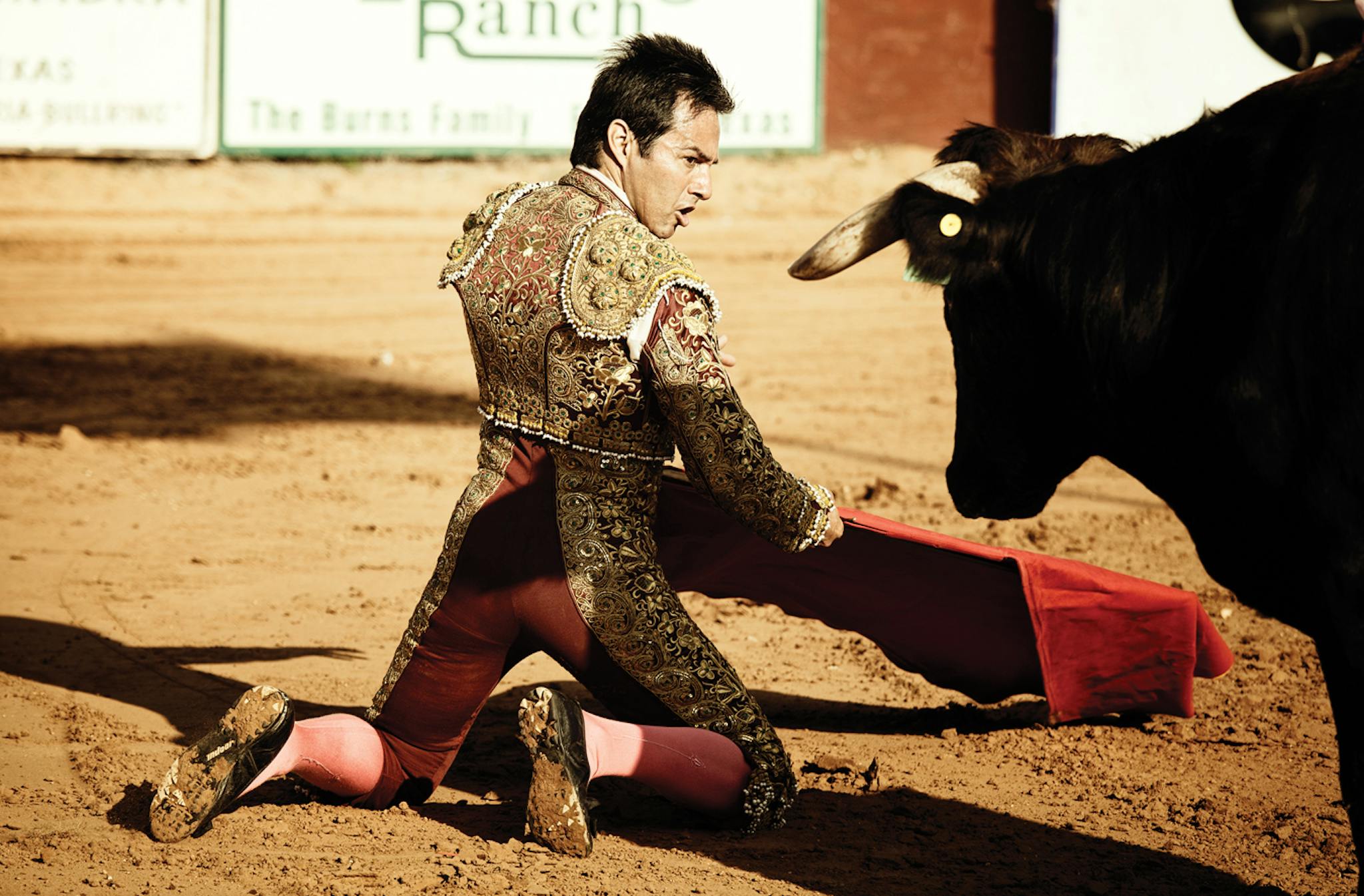
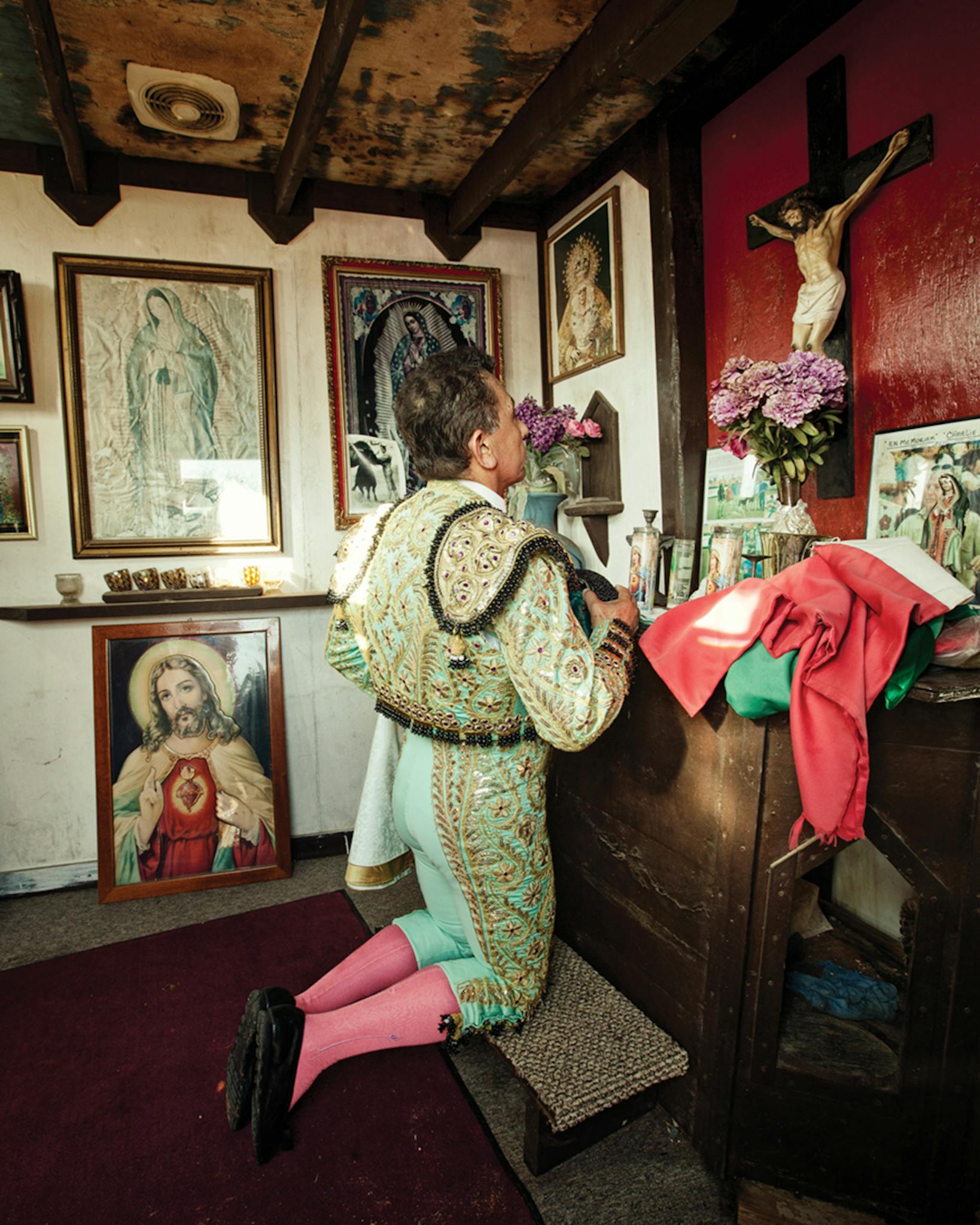
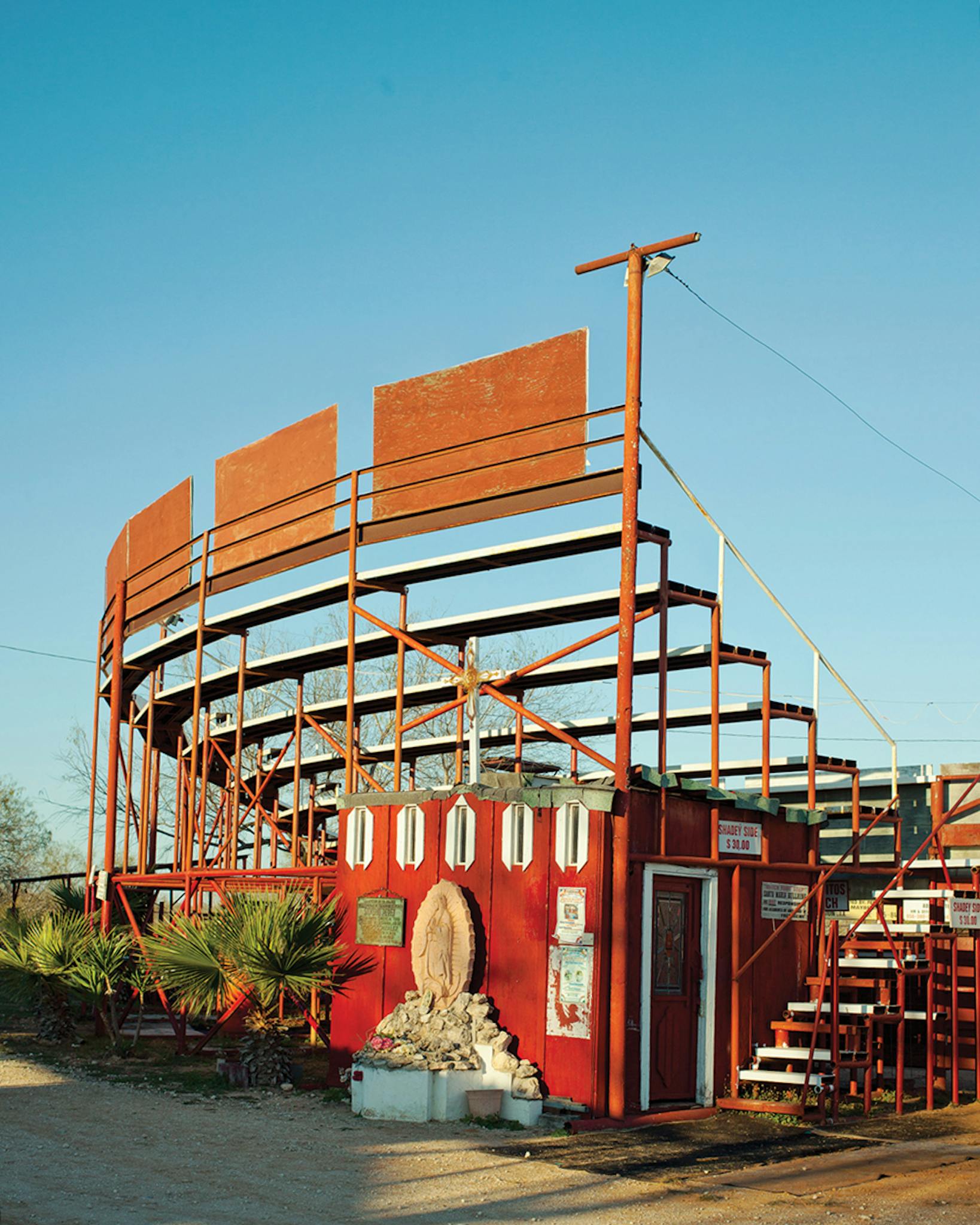
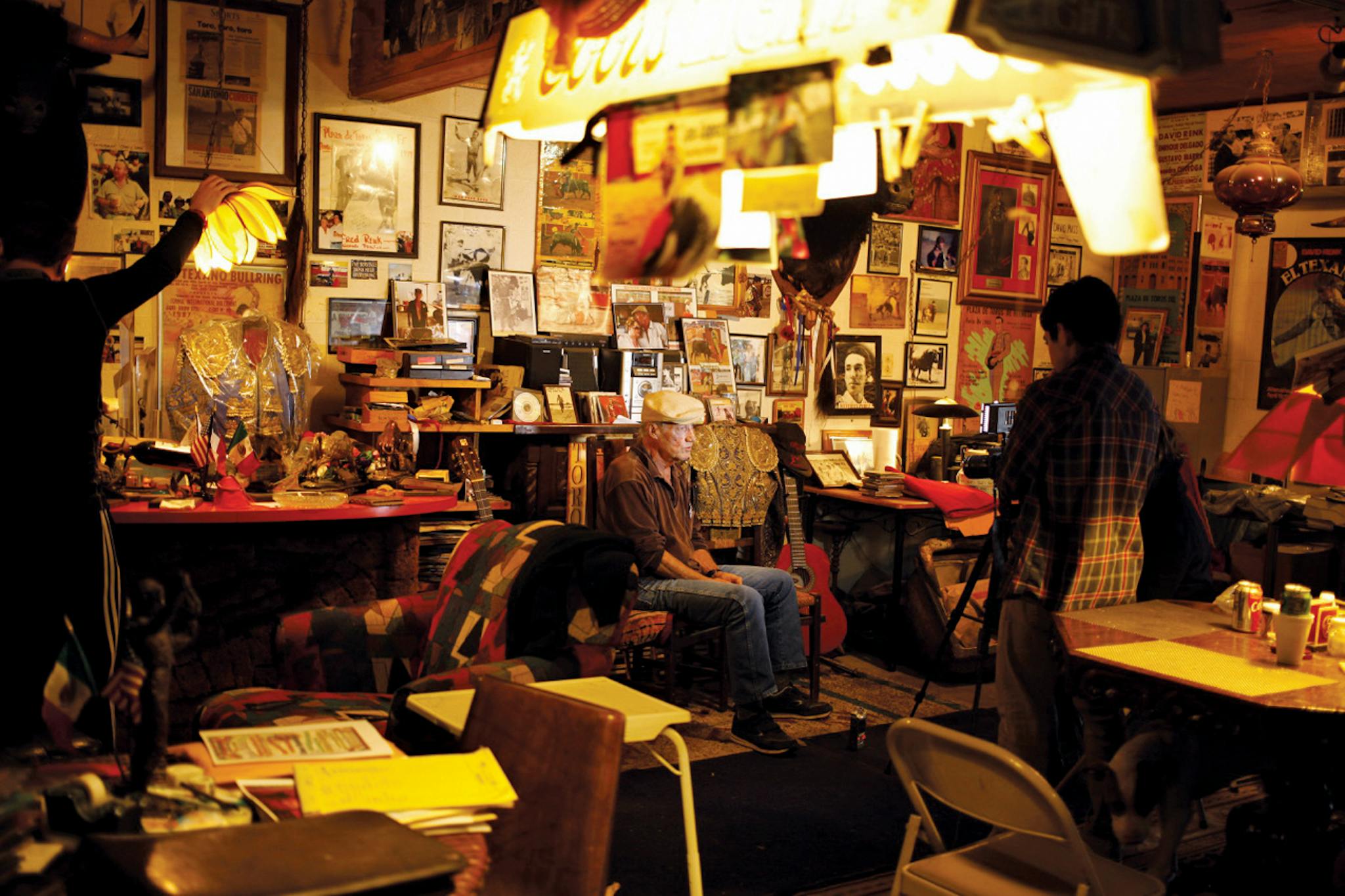
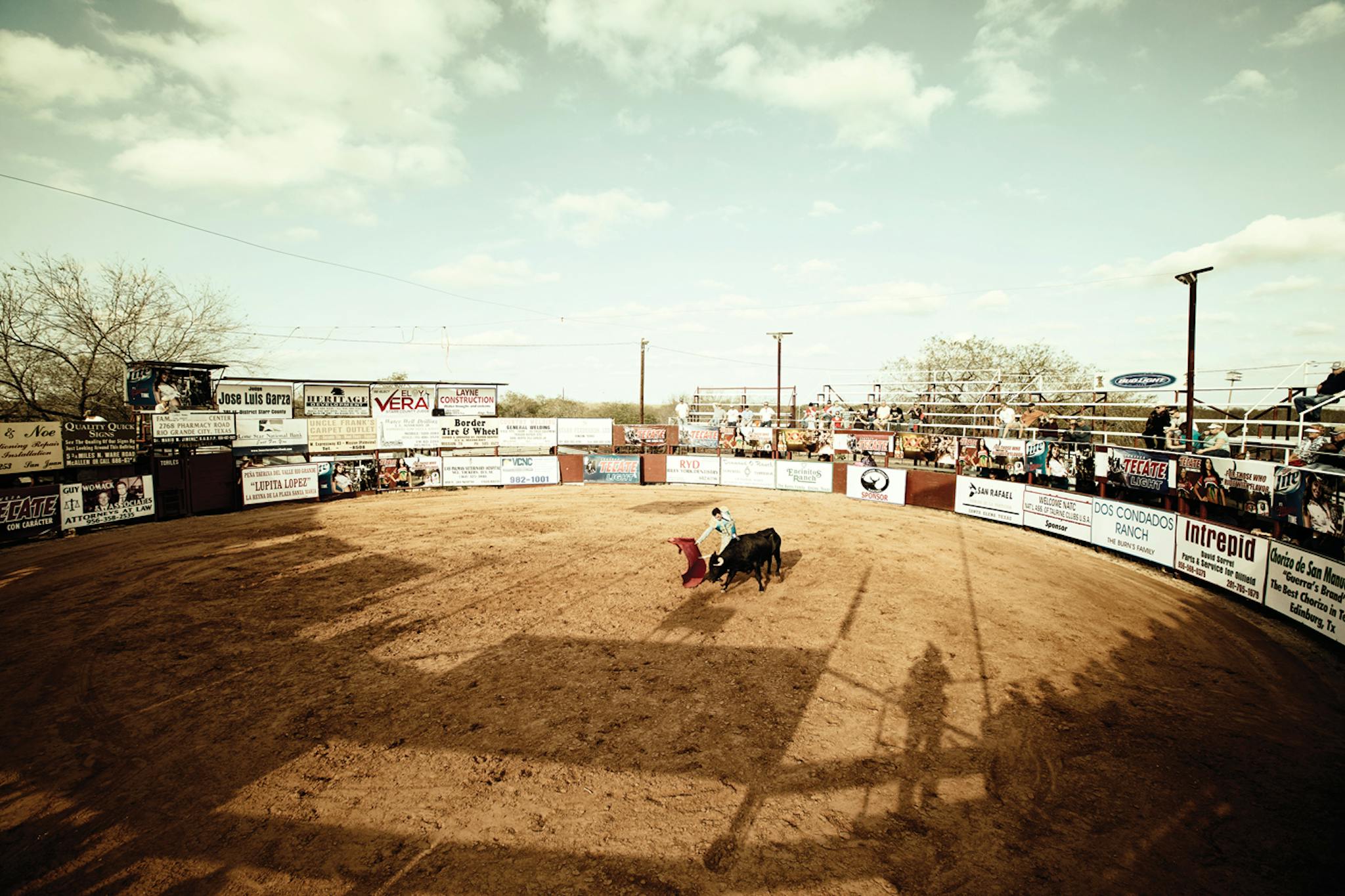

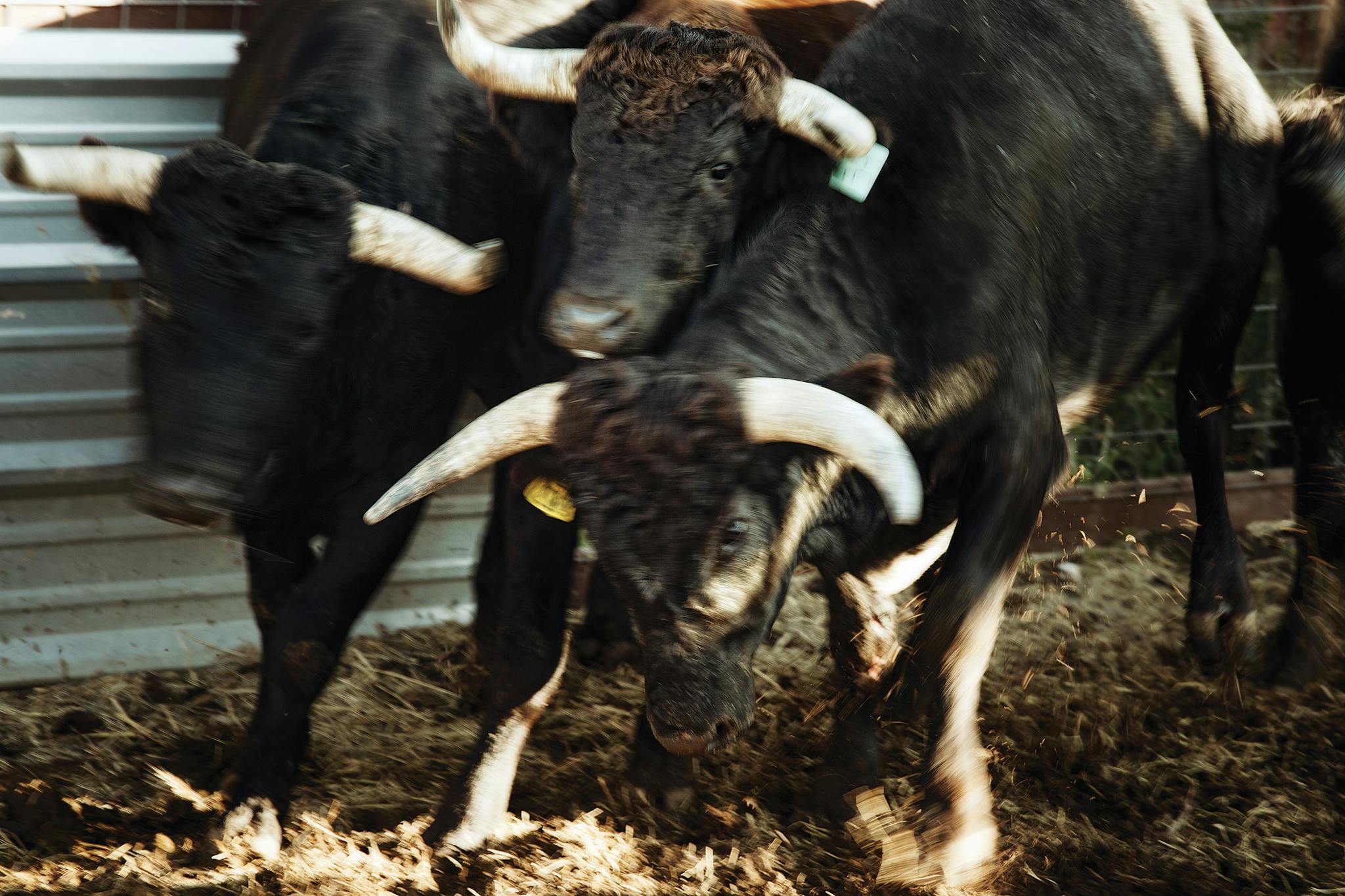
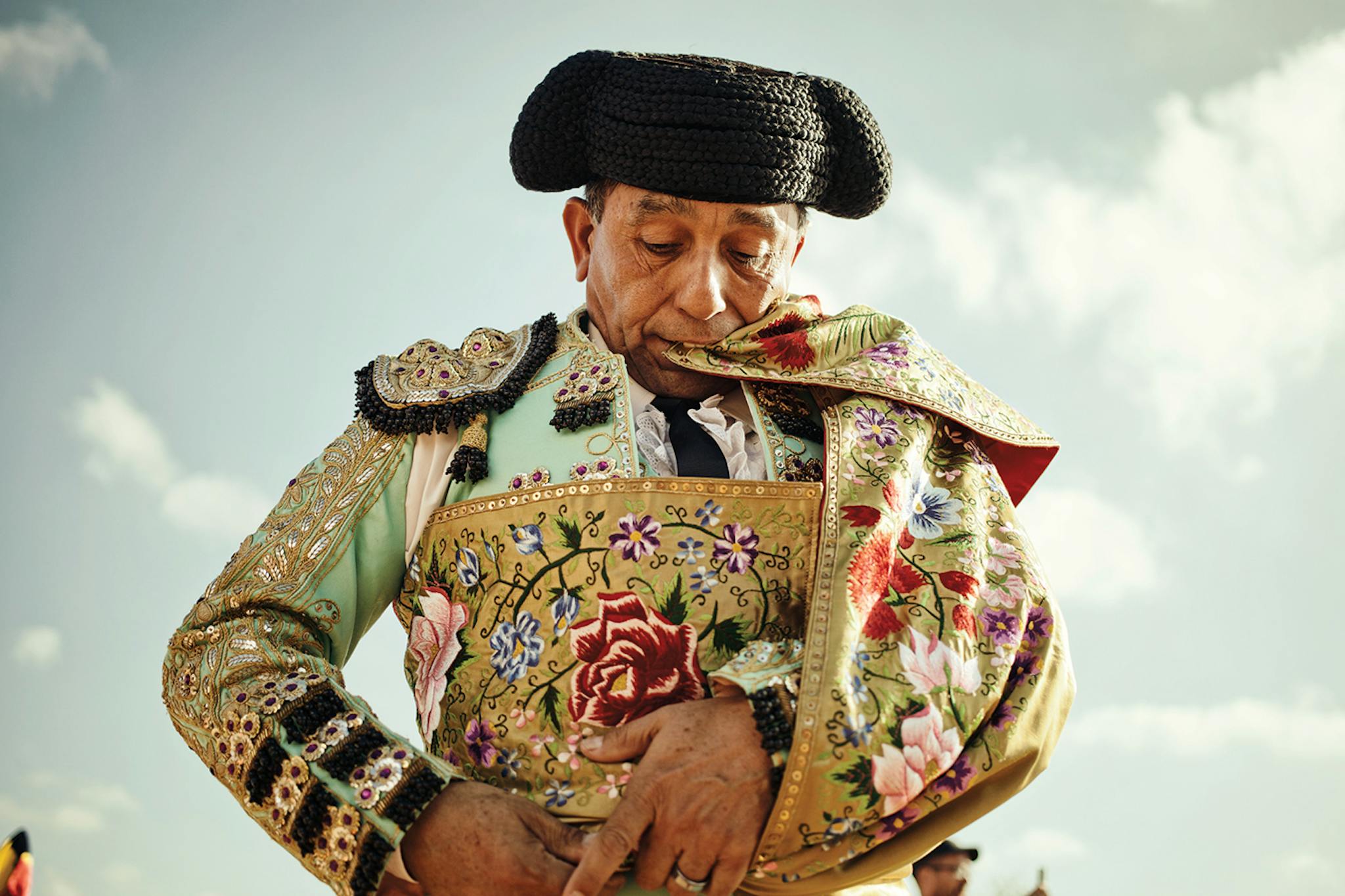
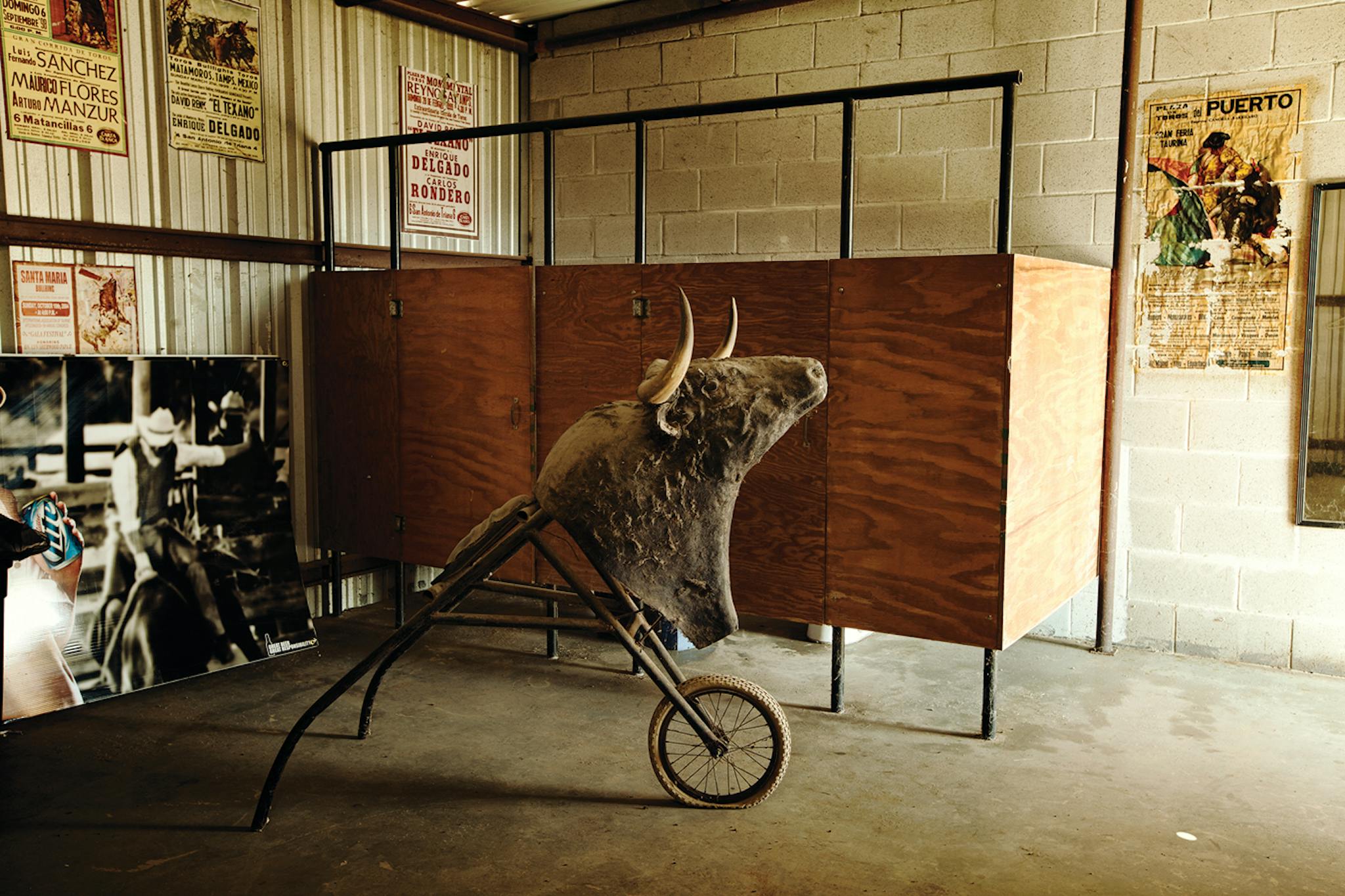
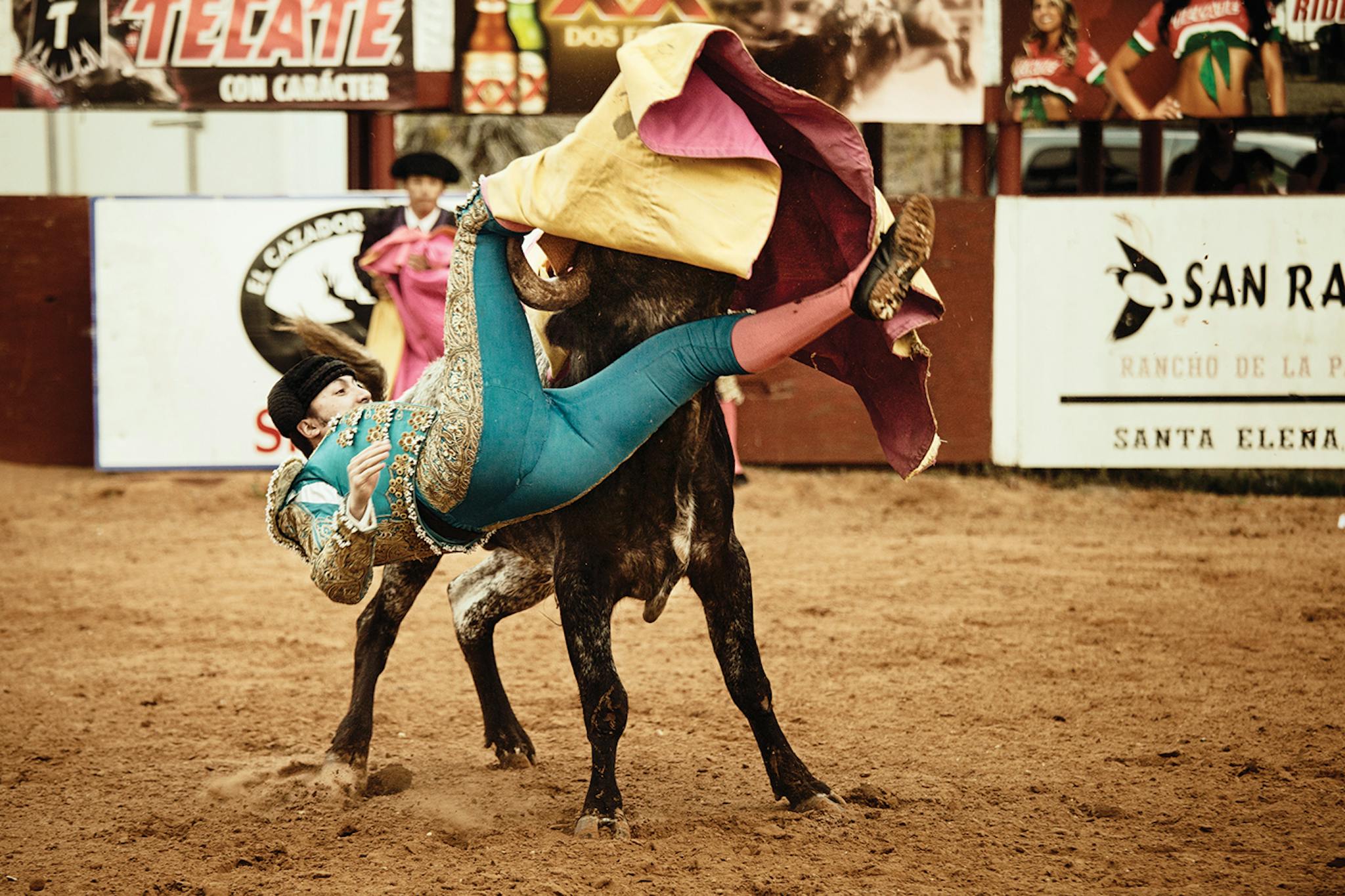
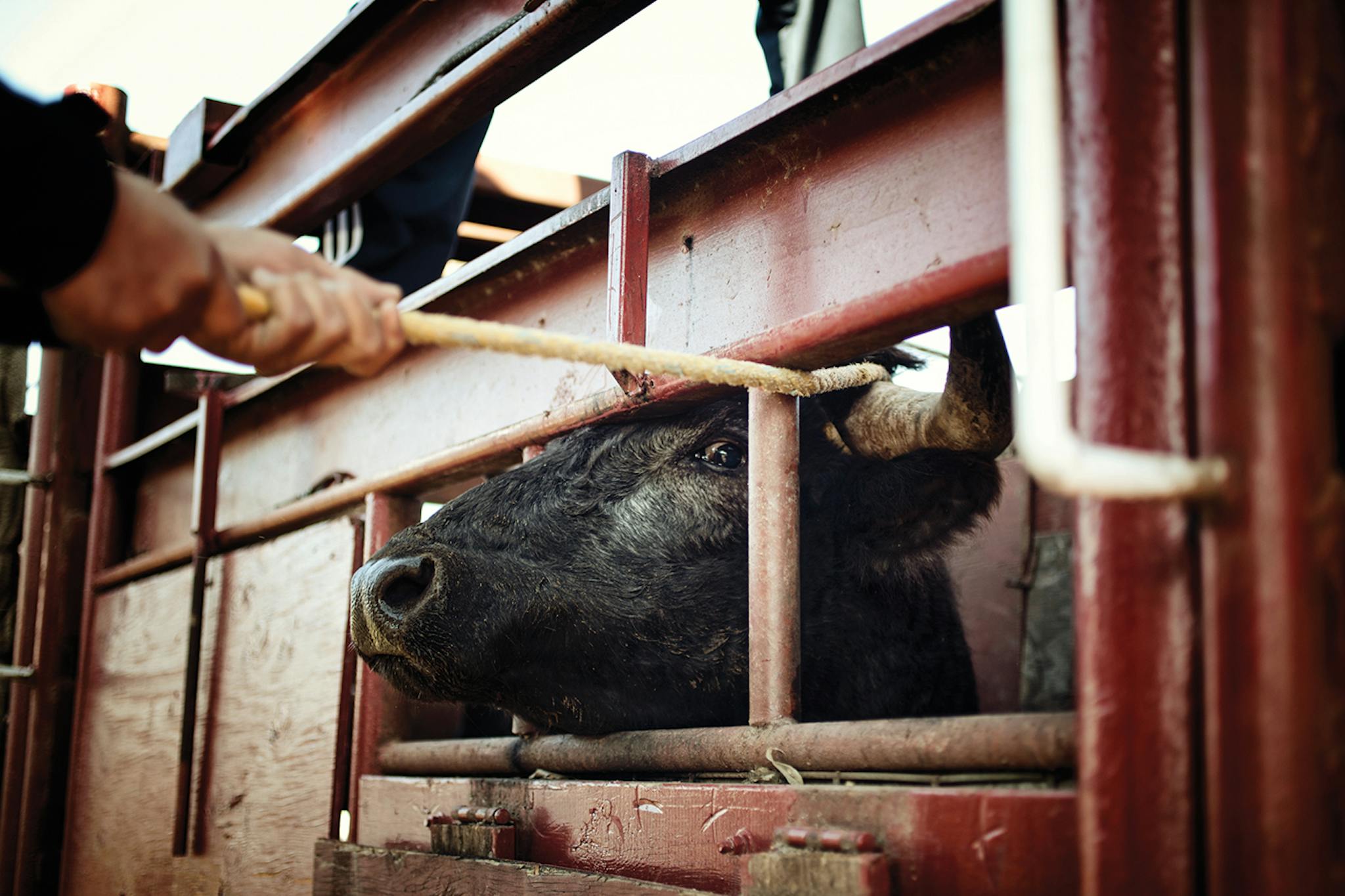
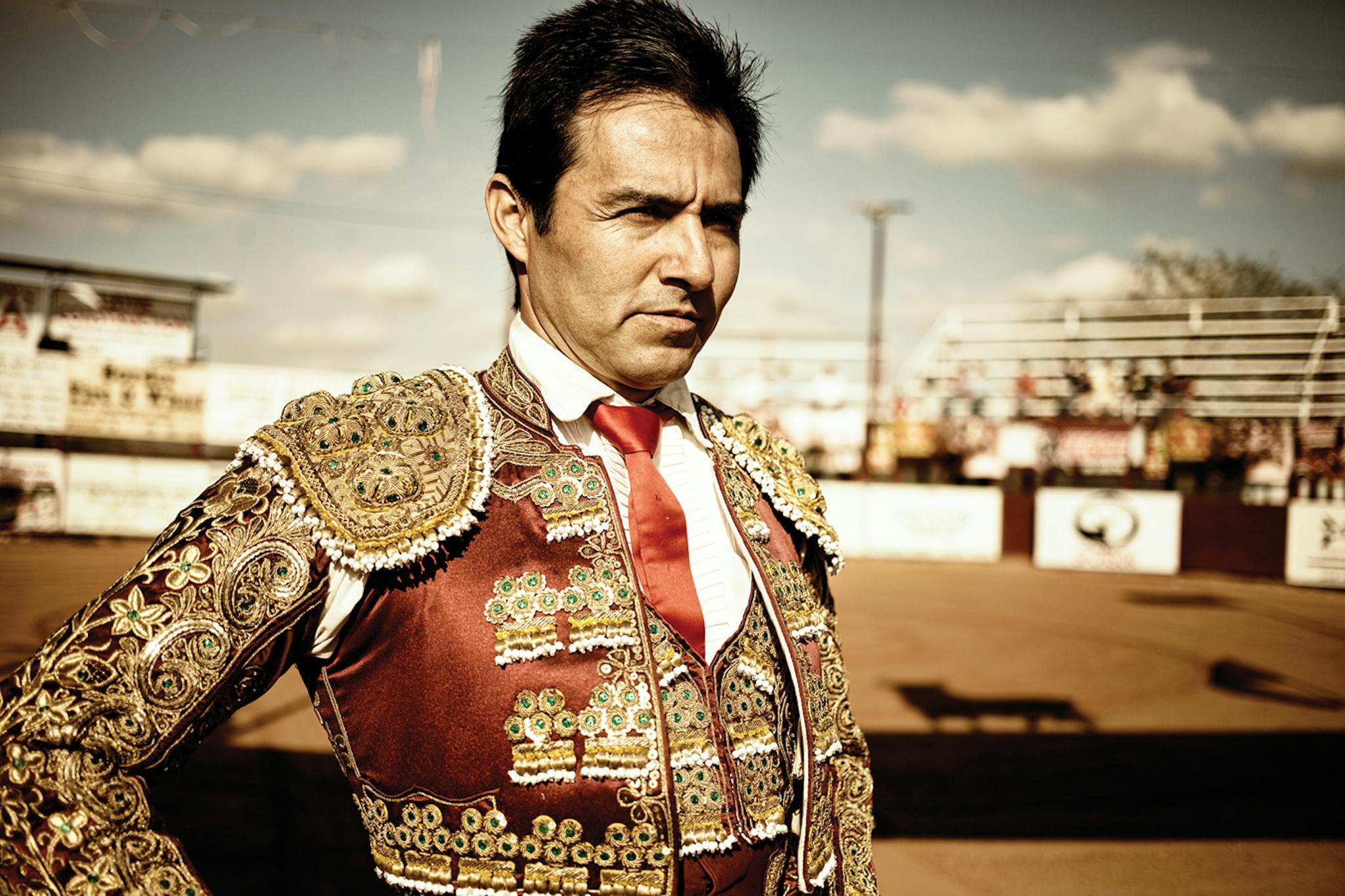
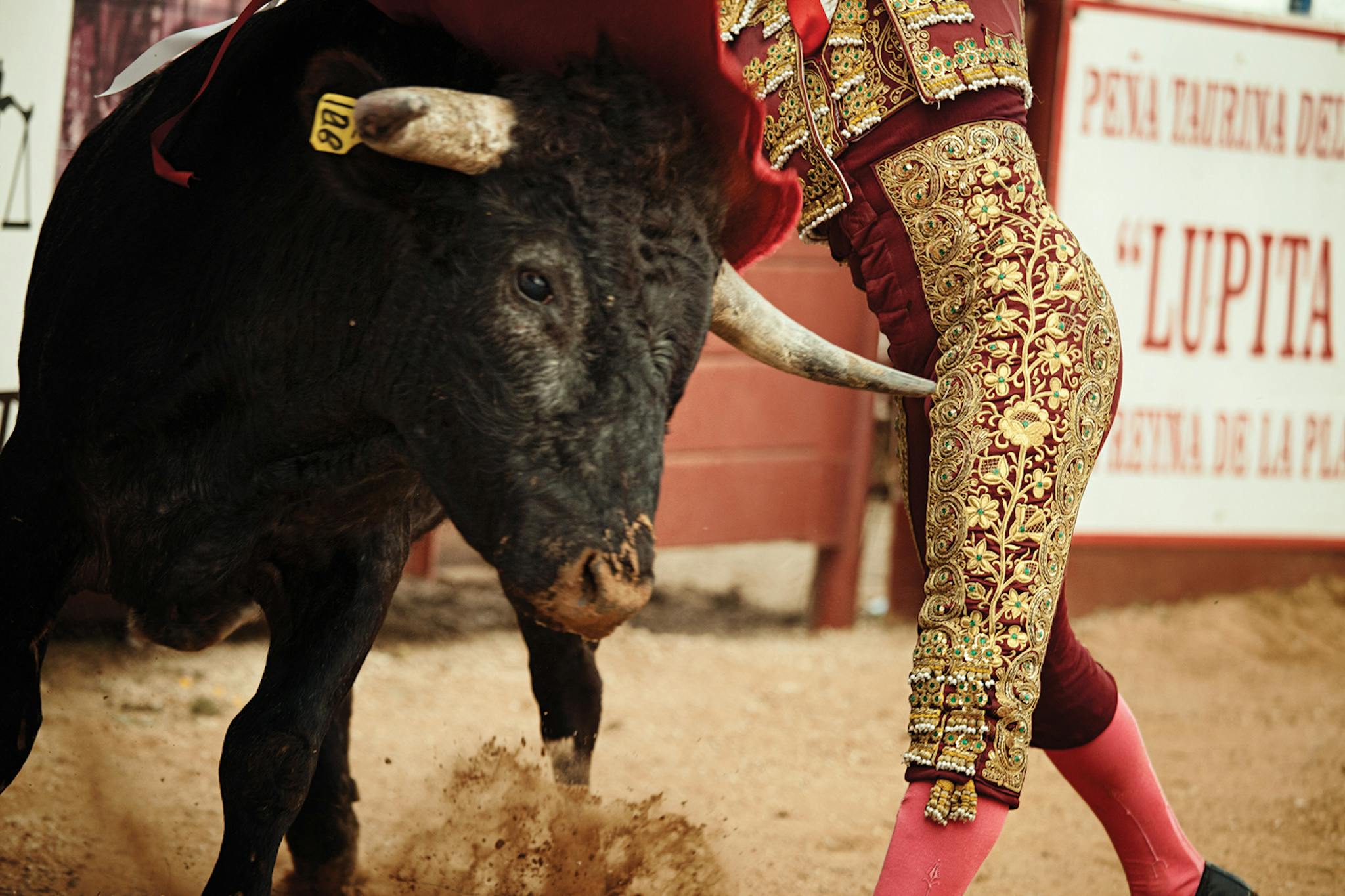

- More About:
- Sports
- Photo Essay


